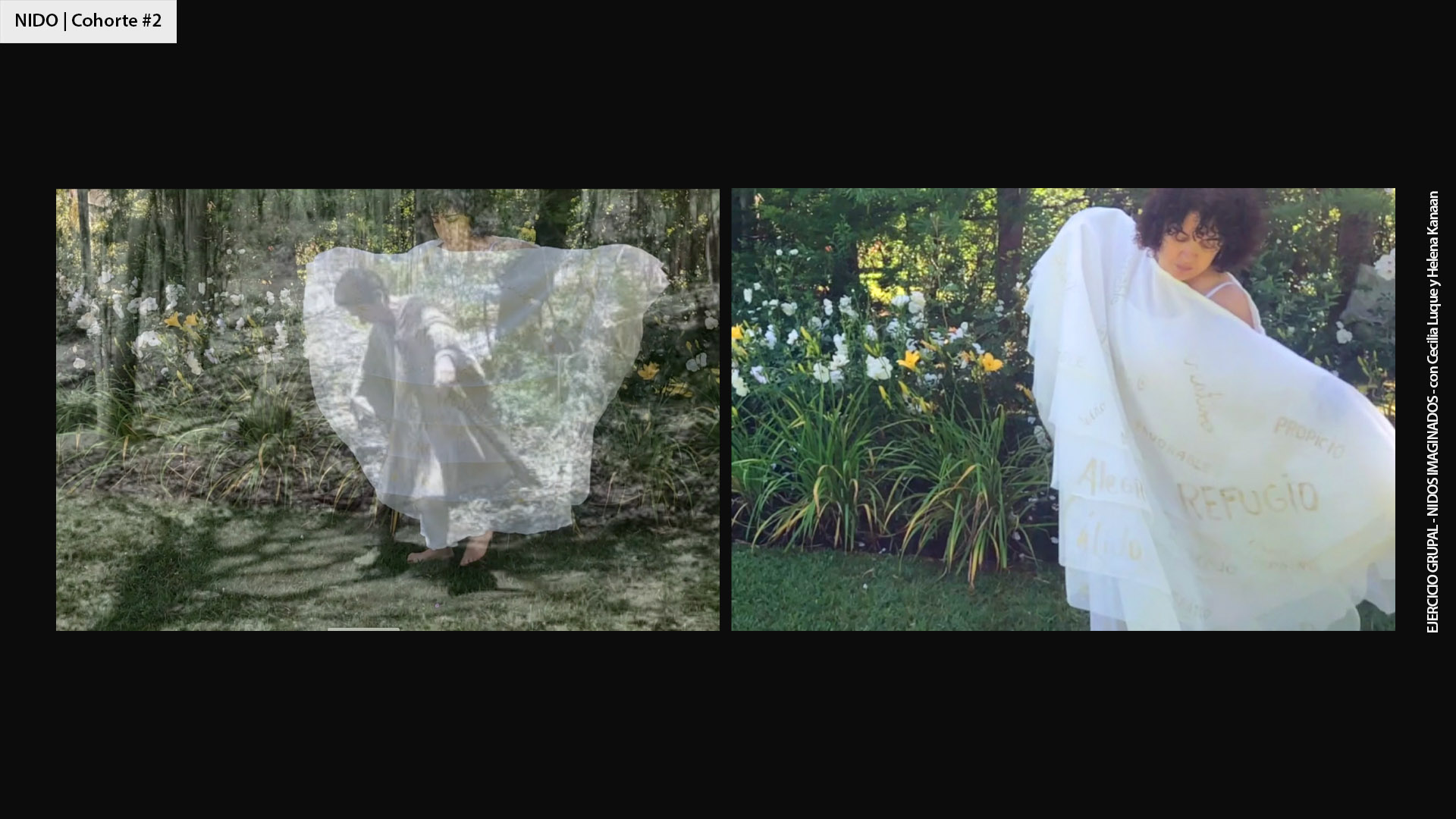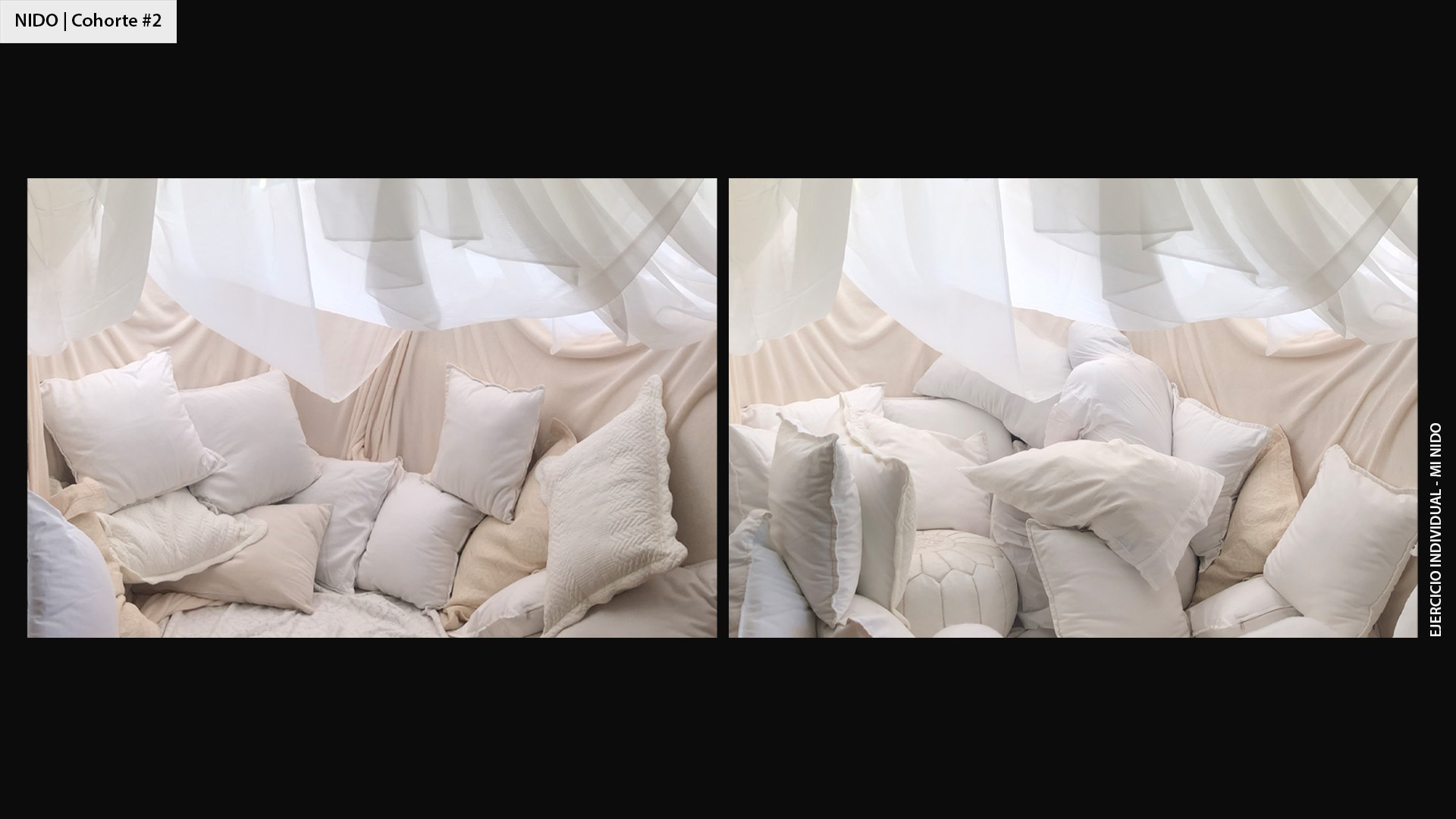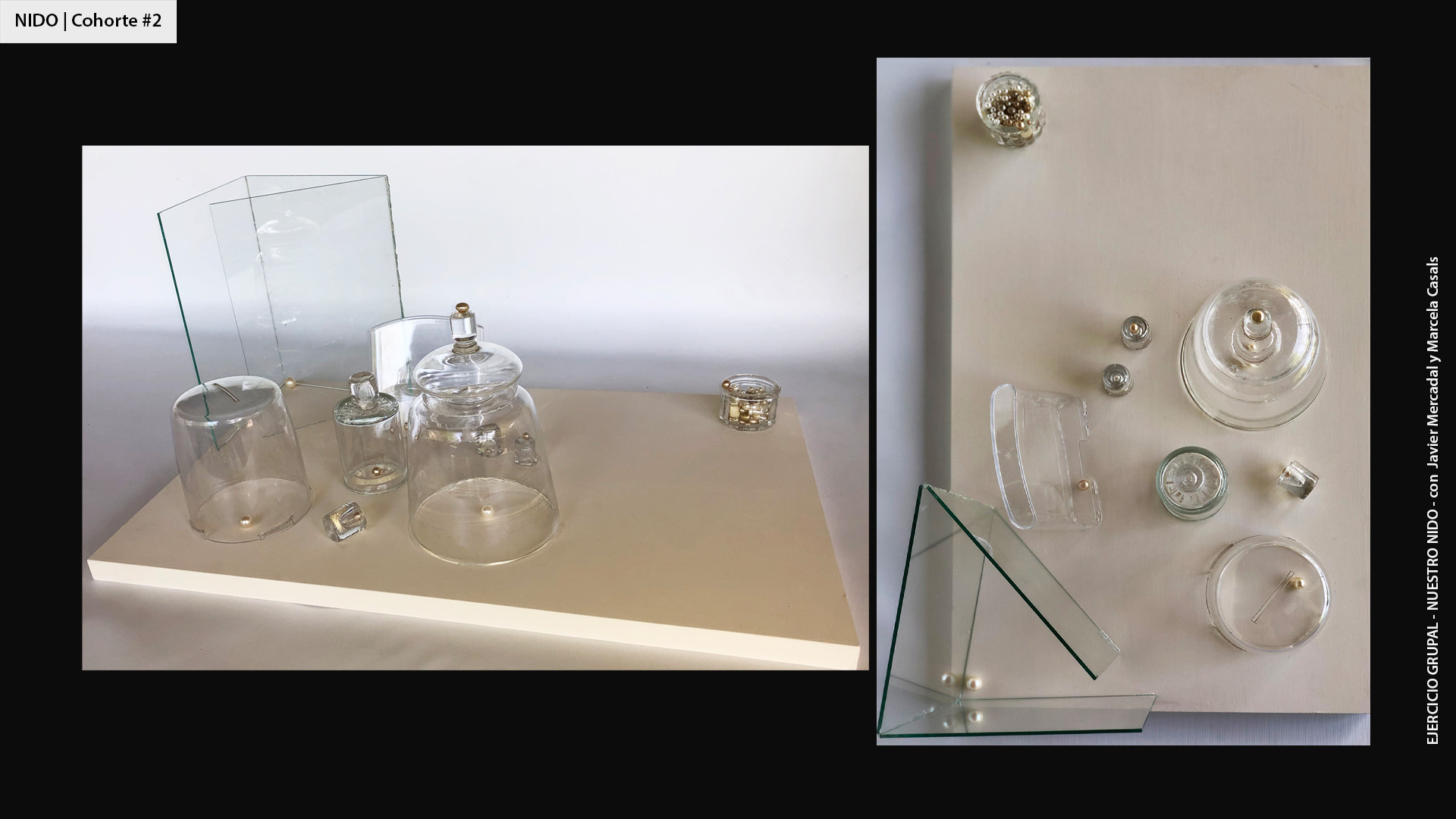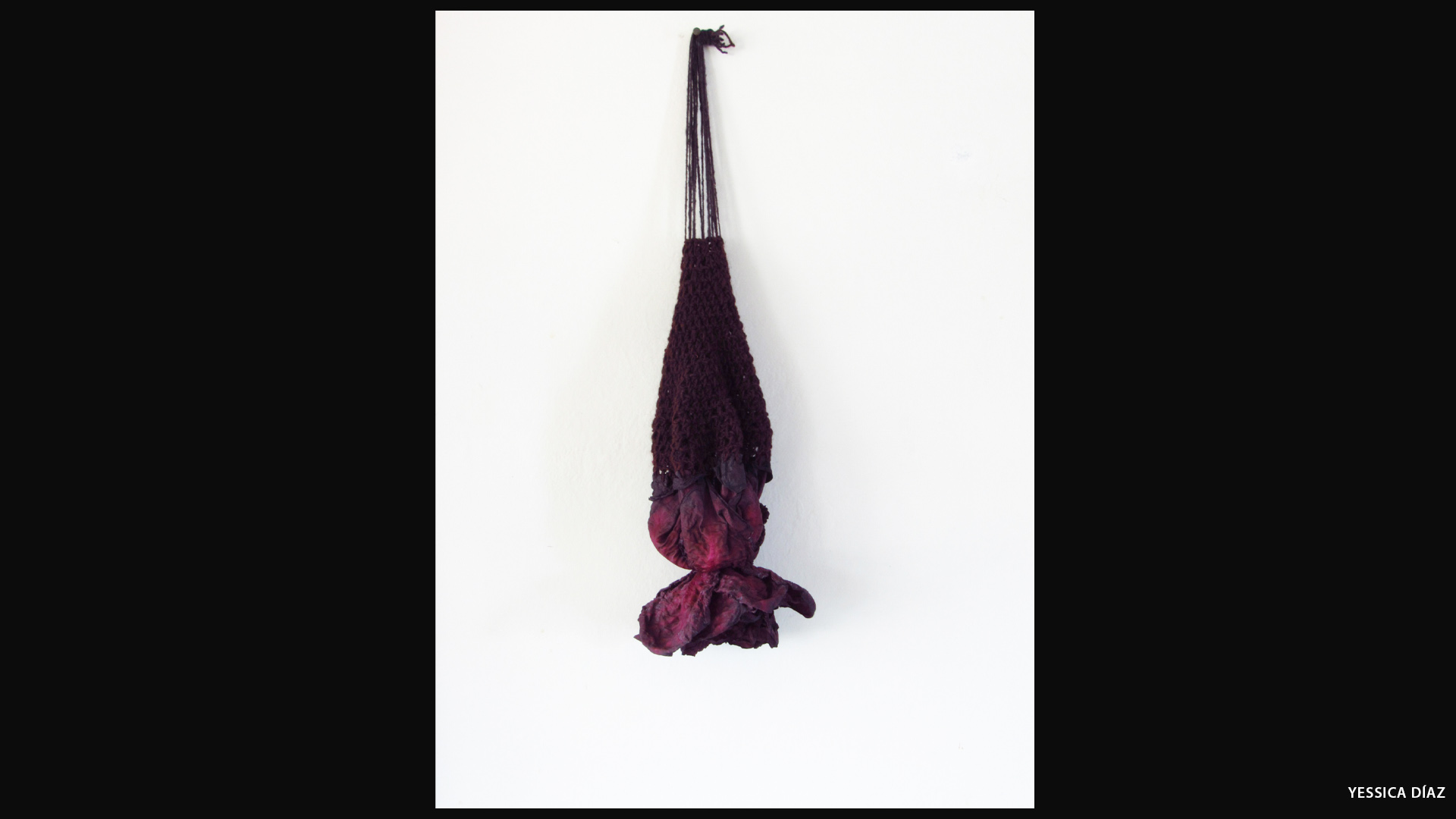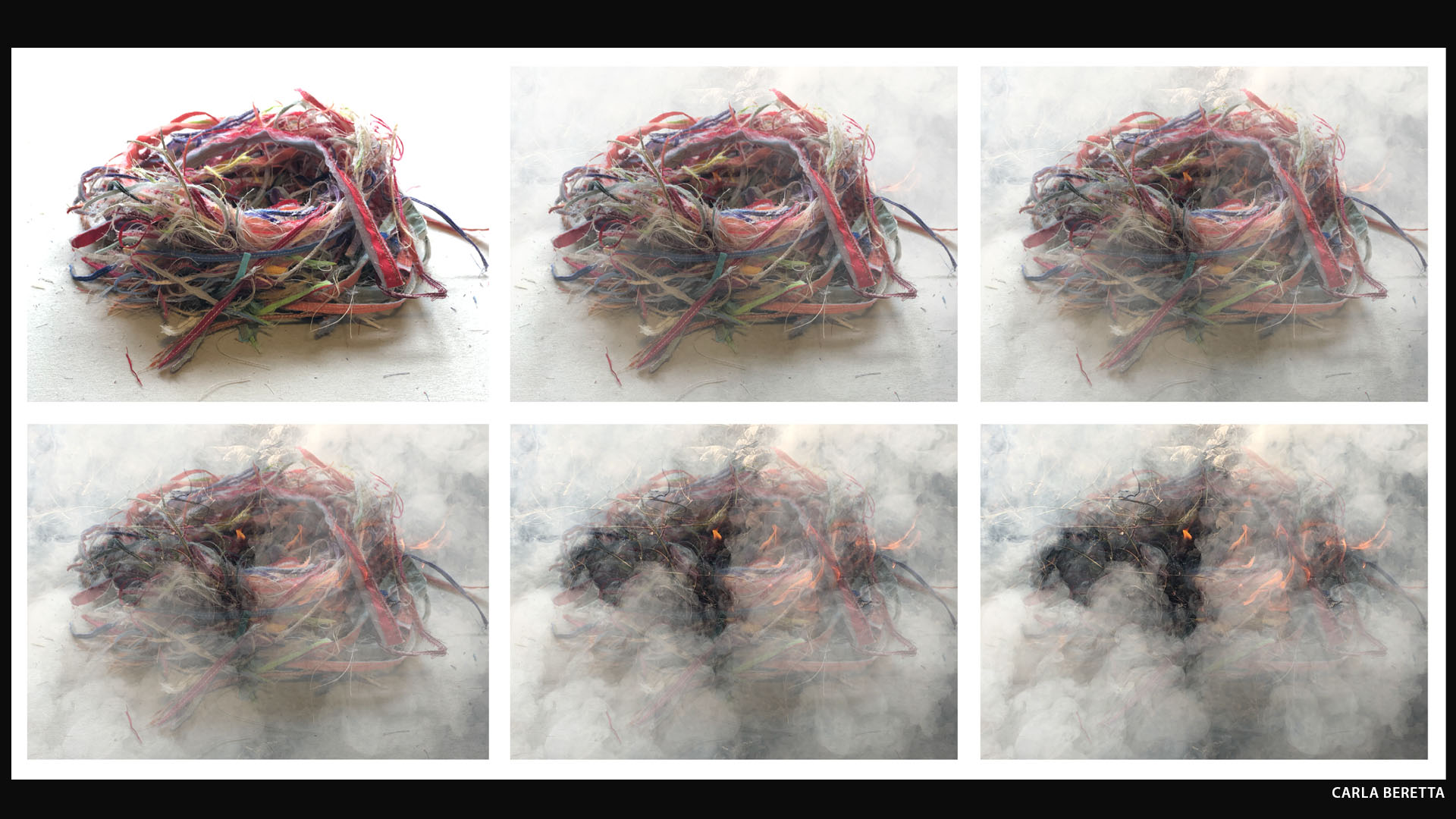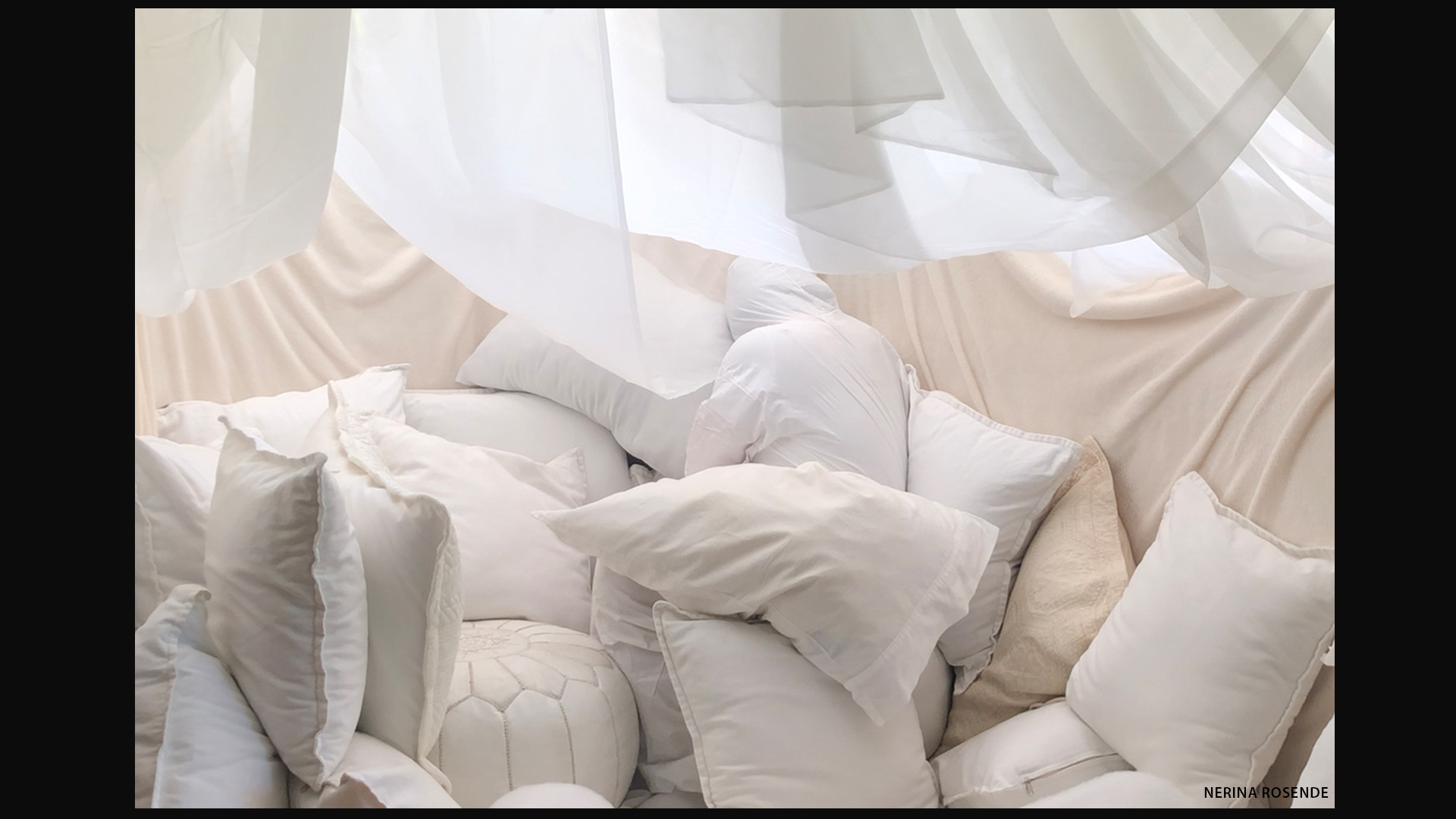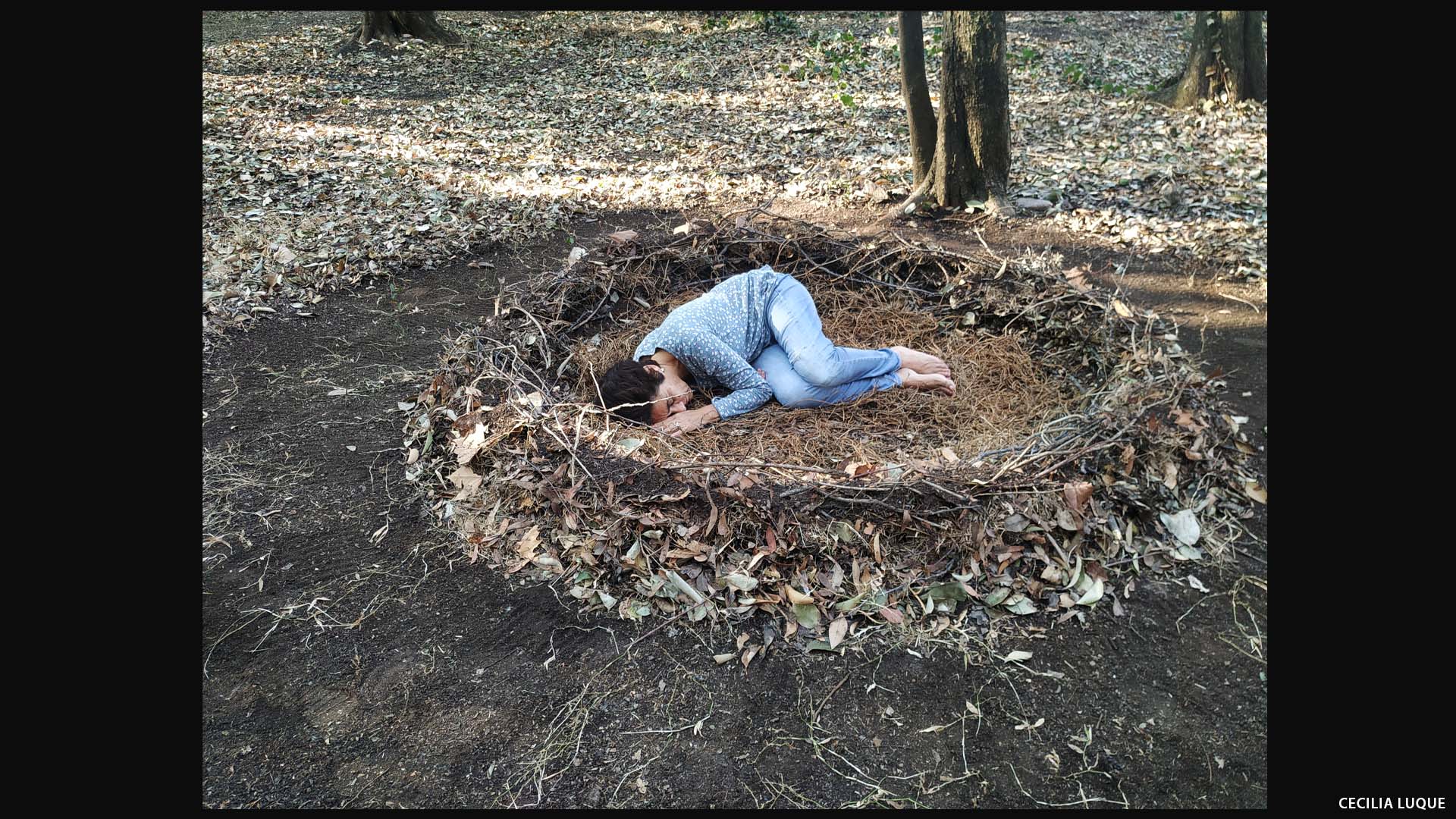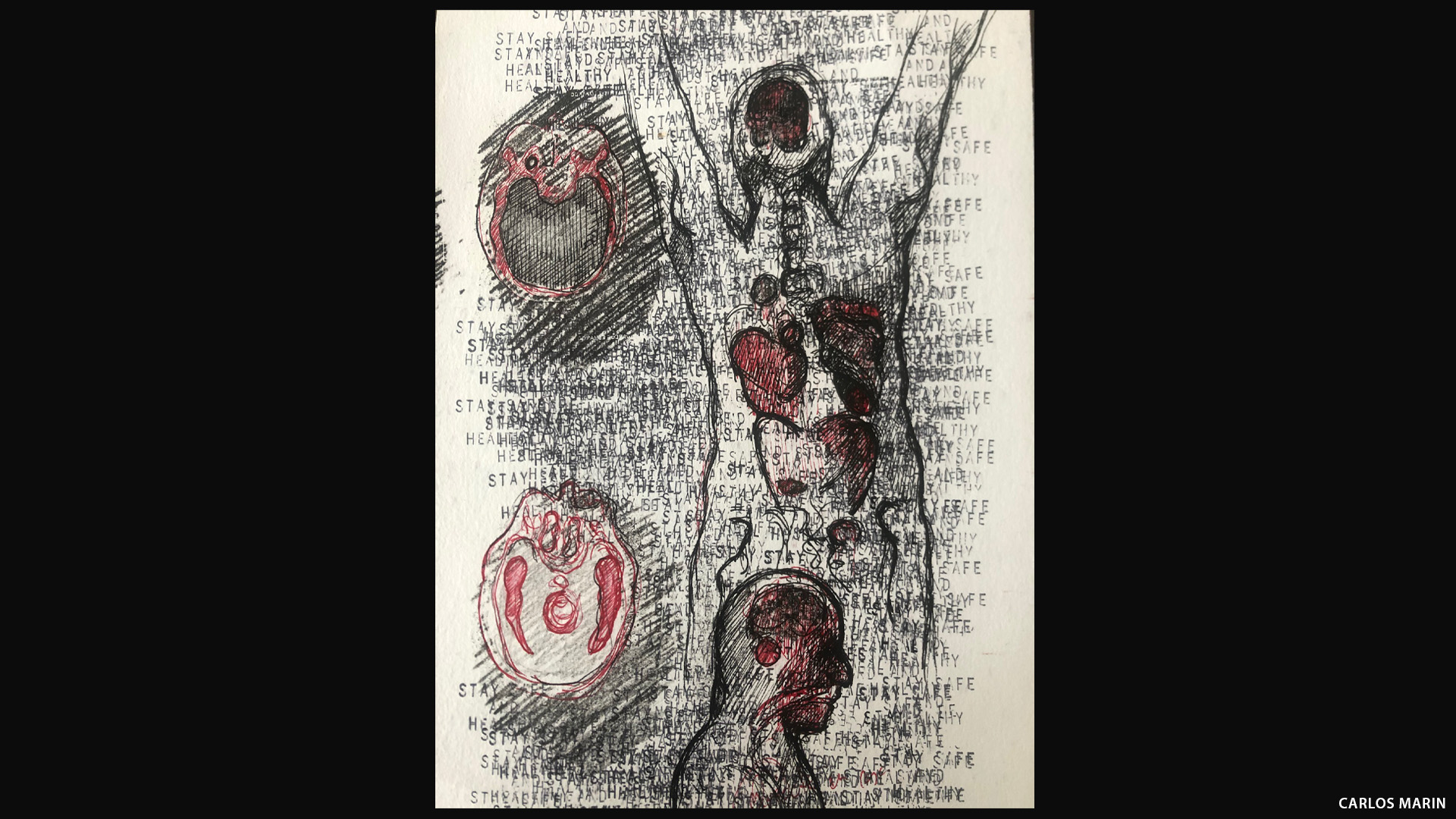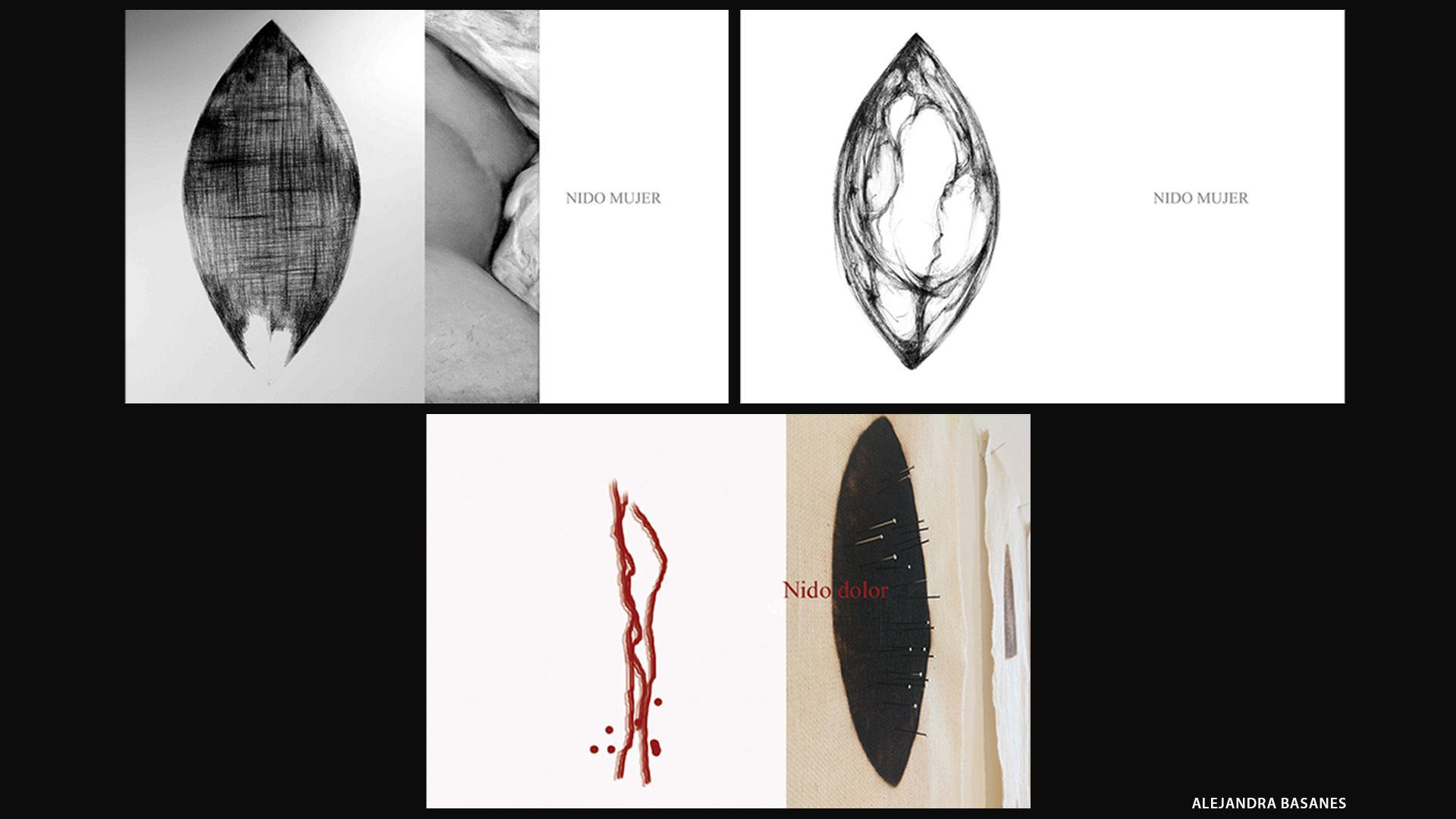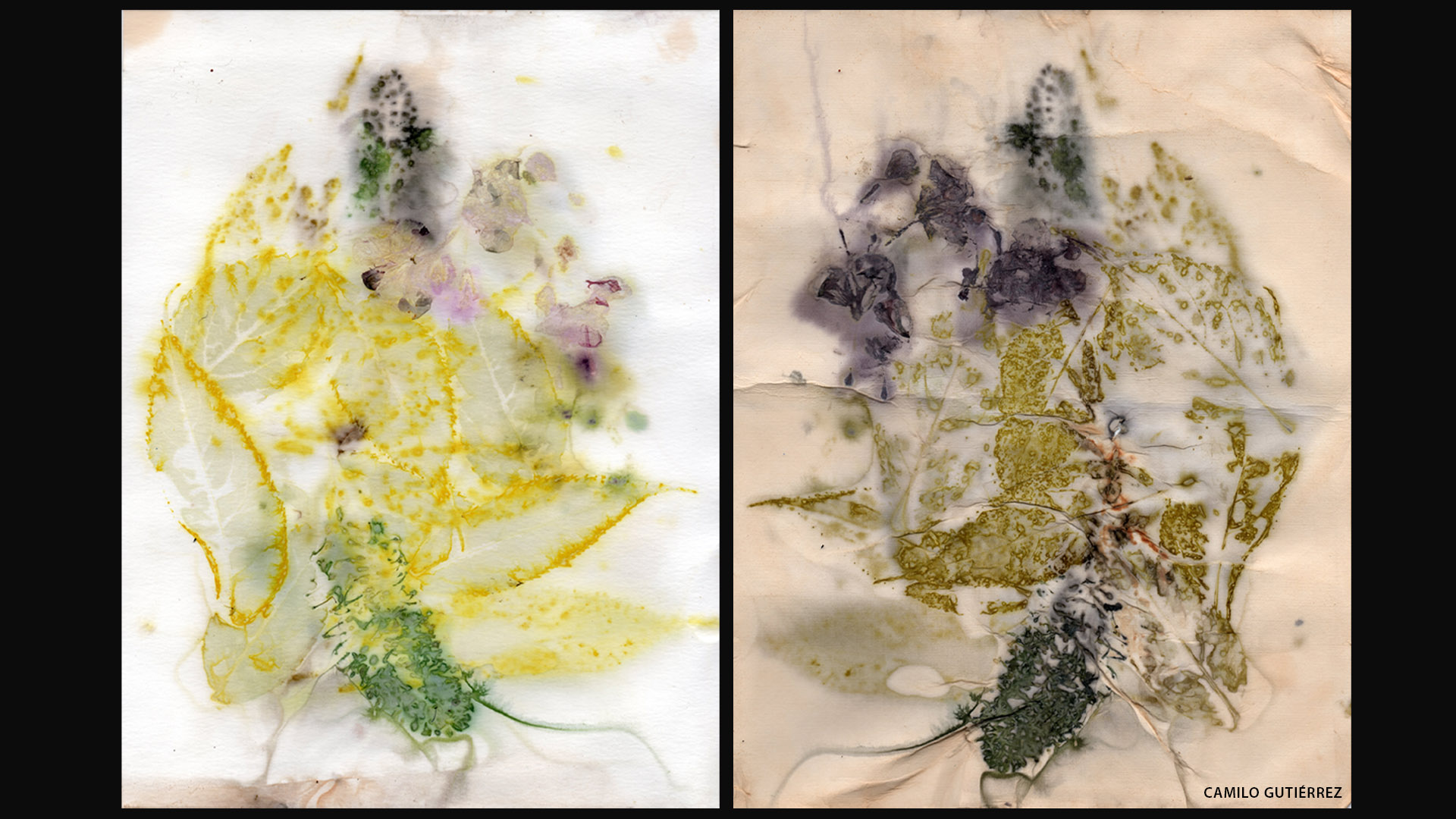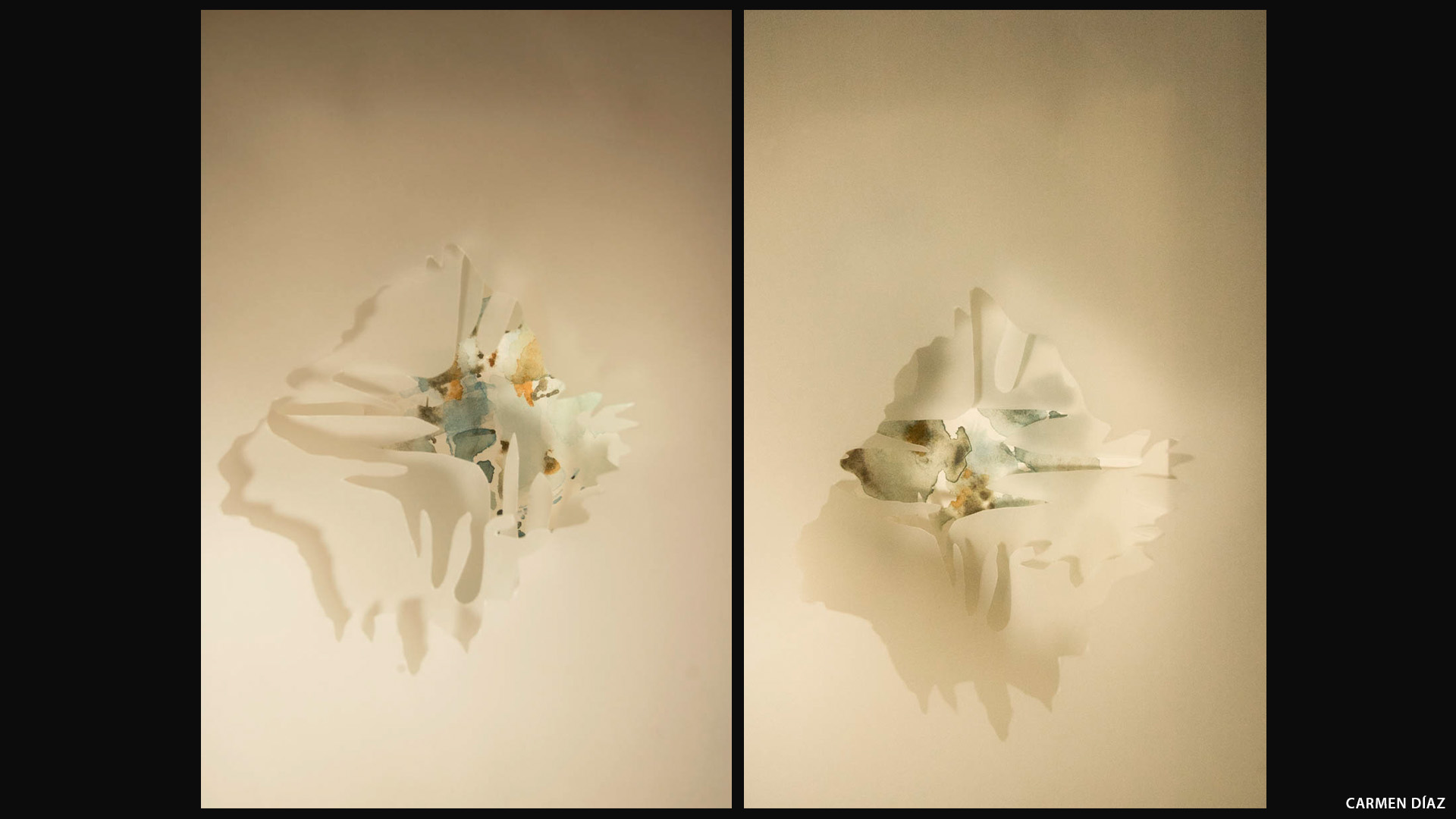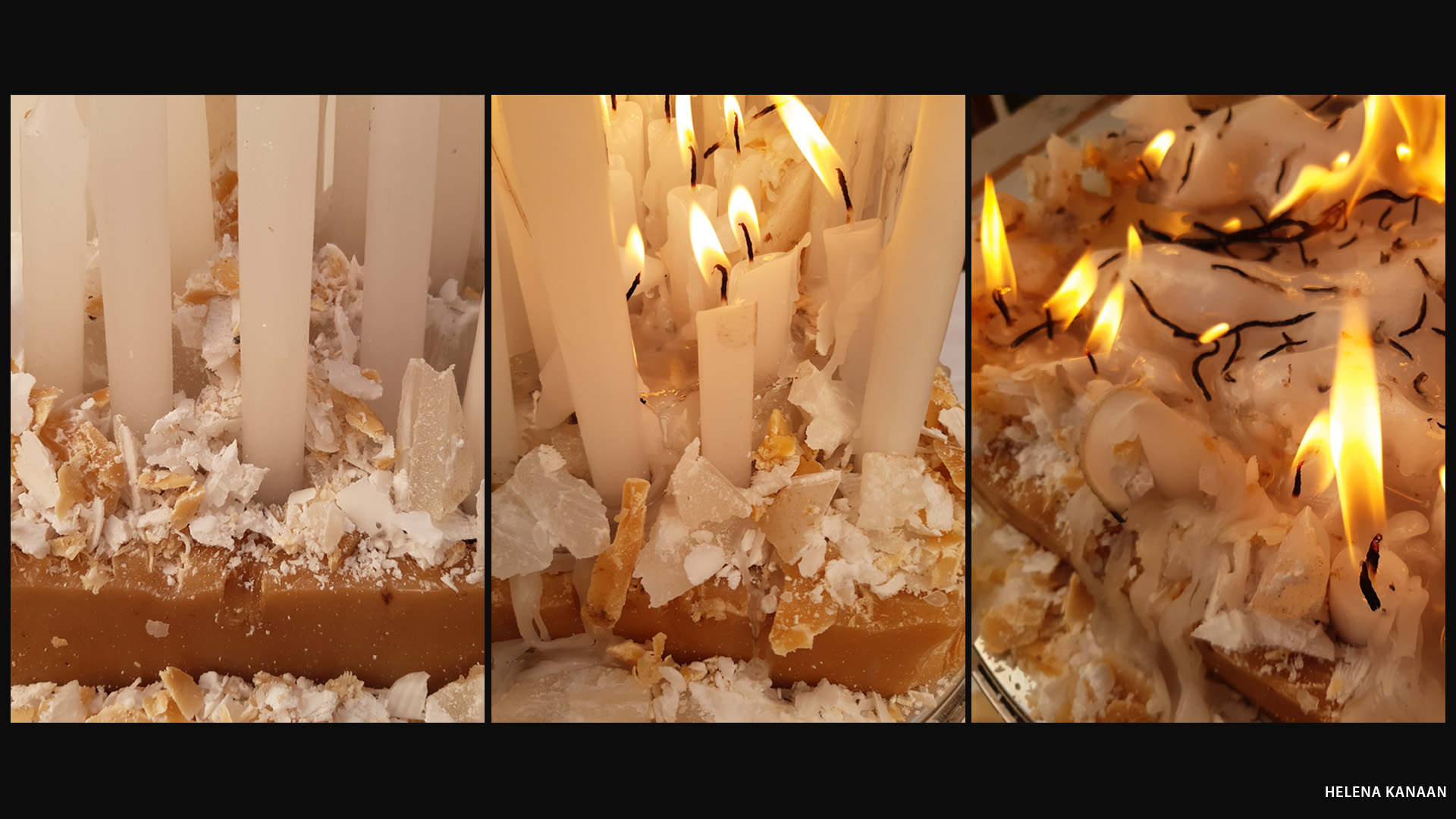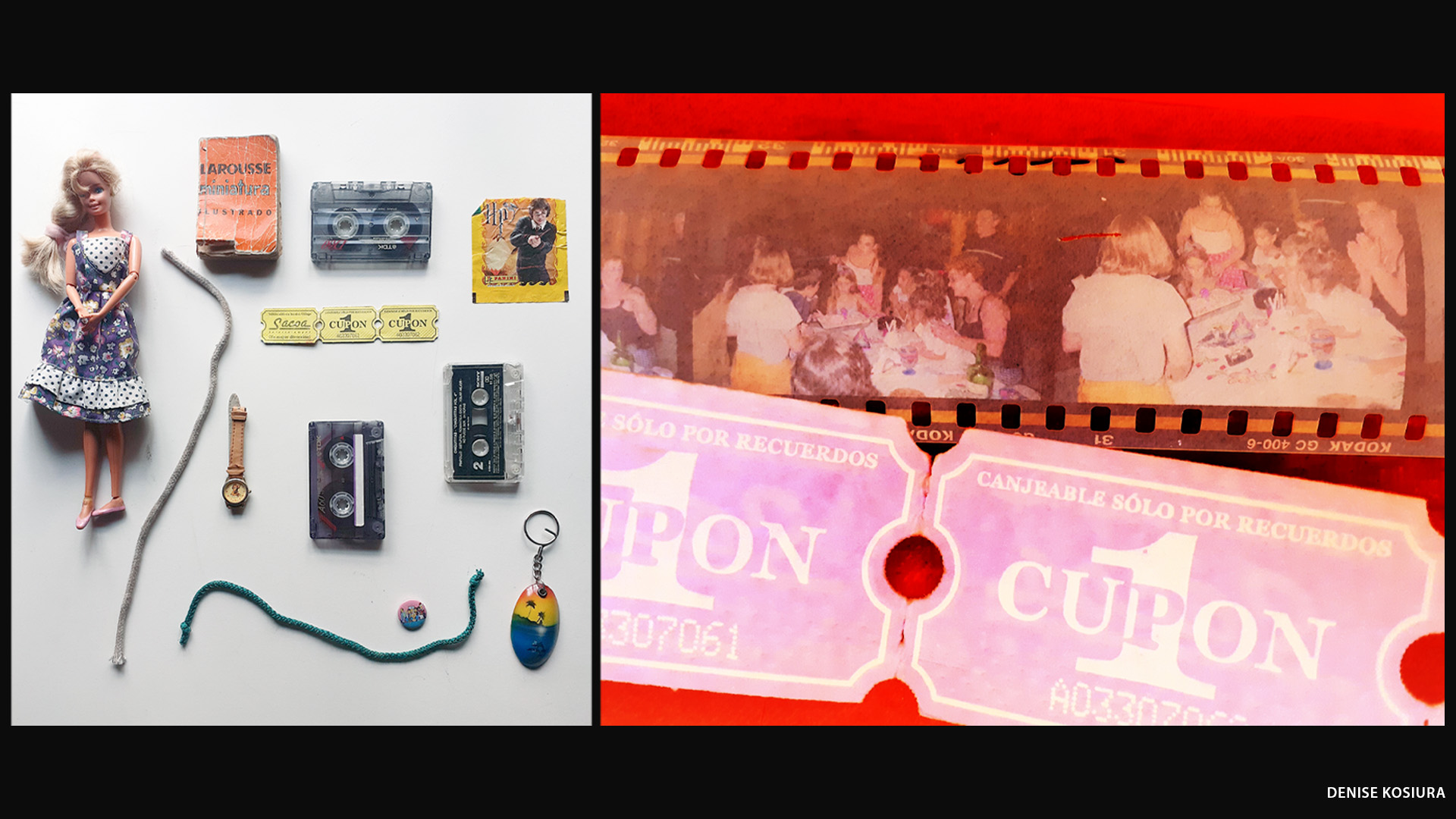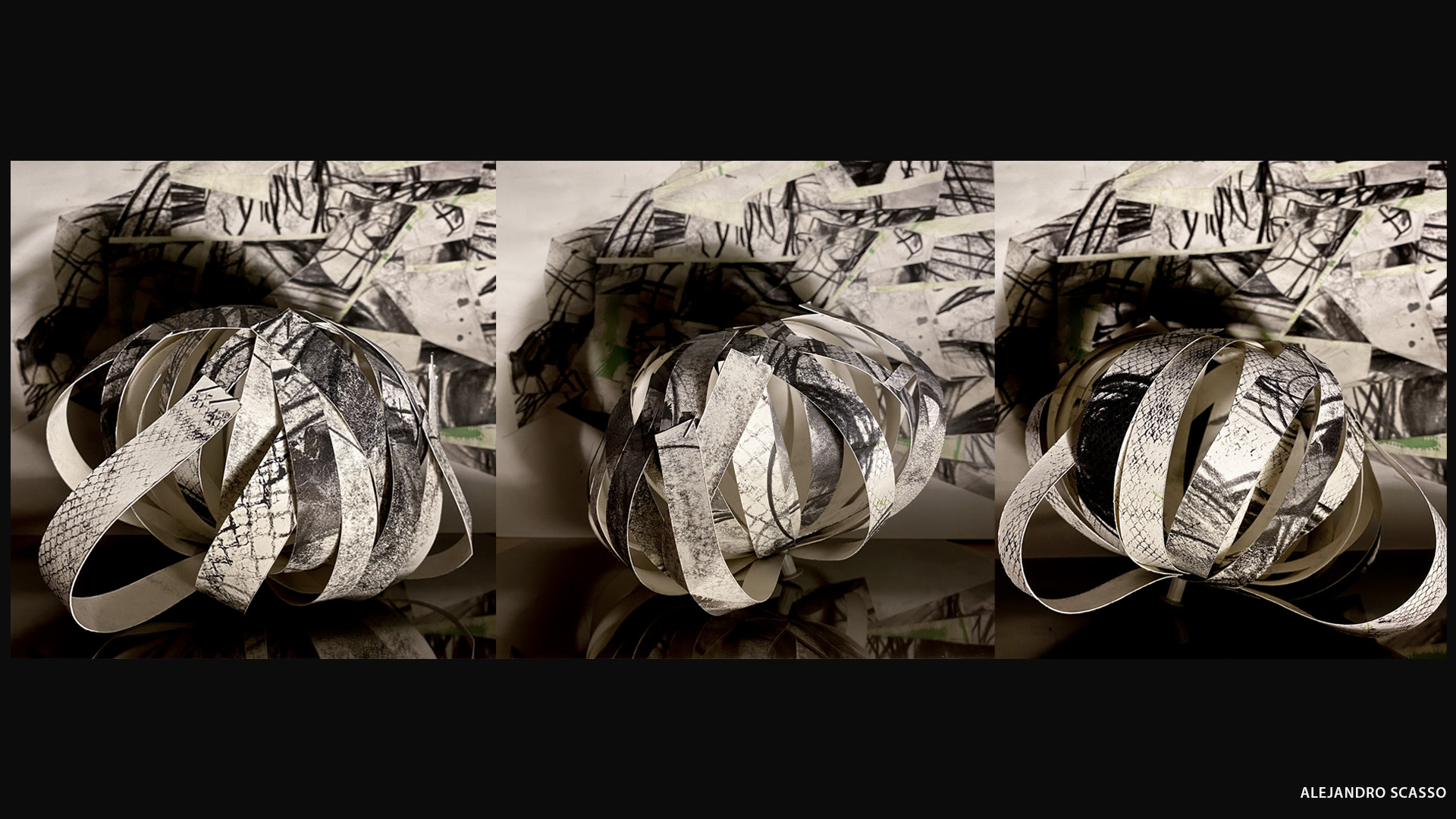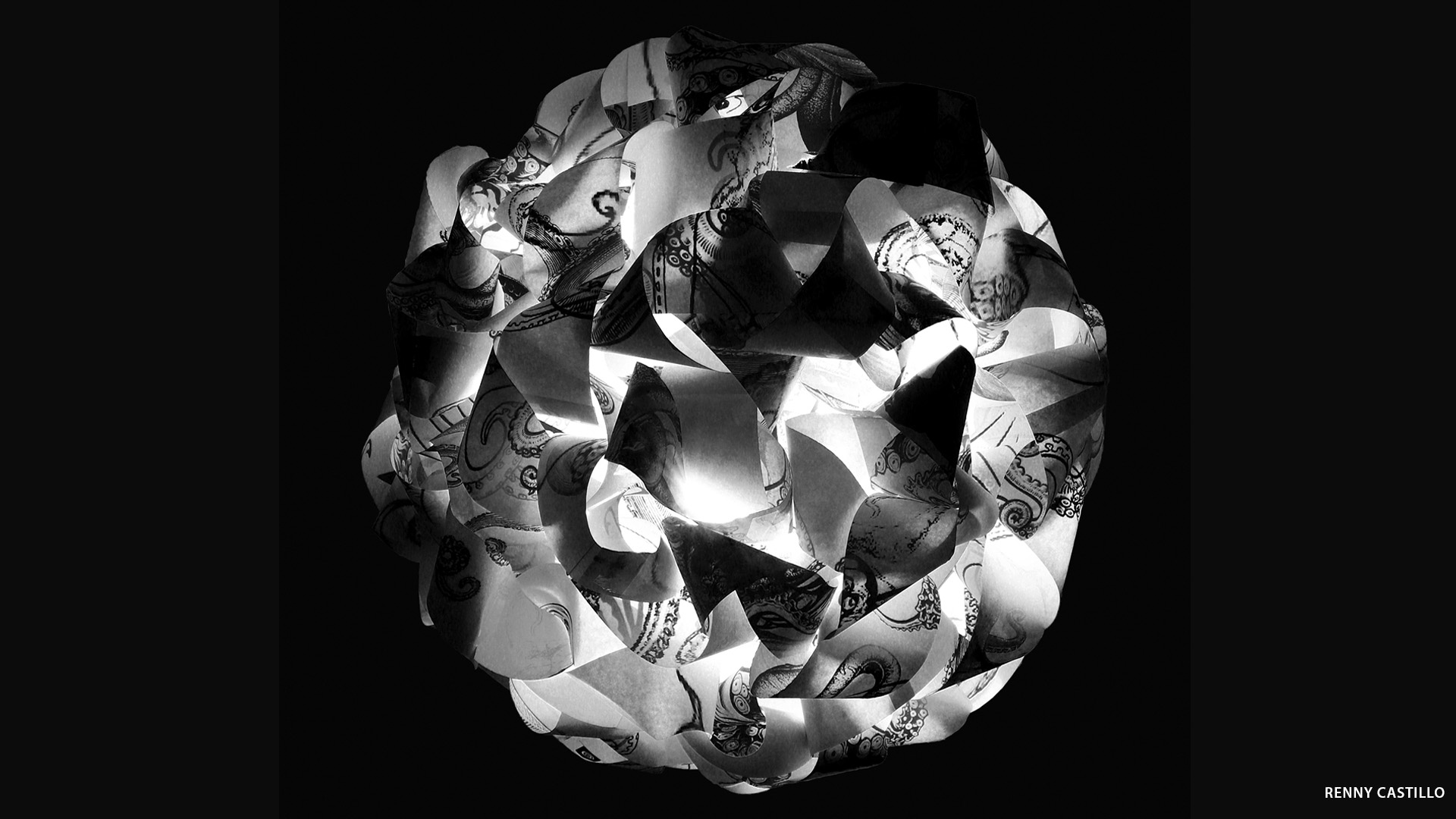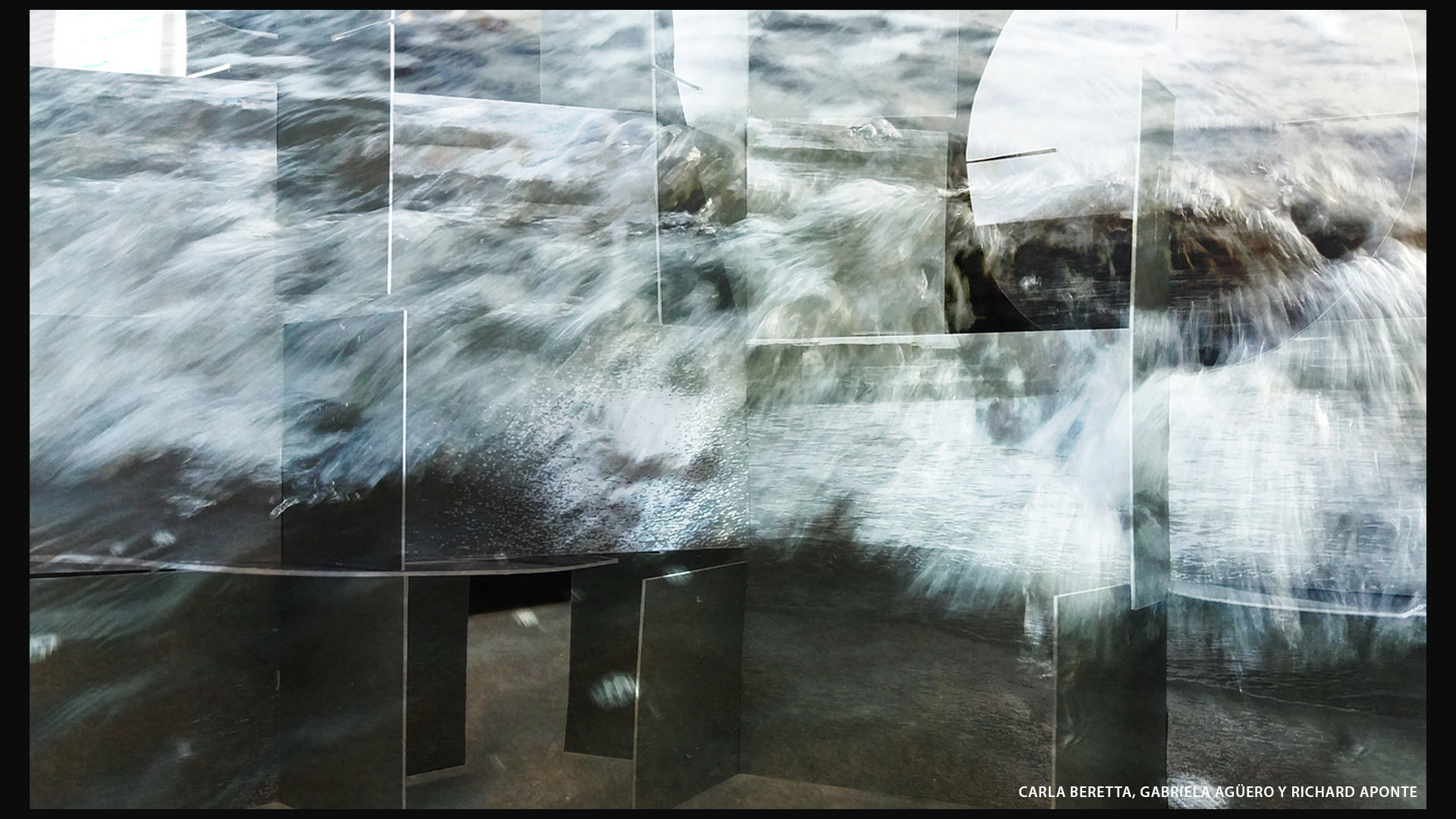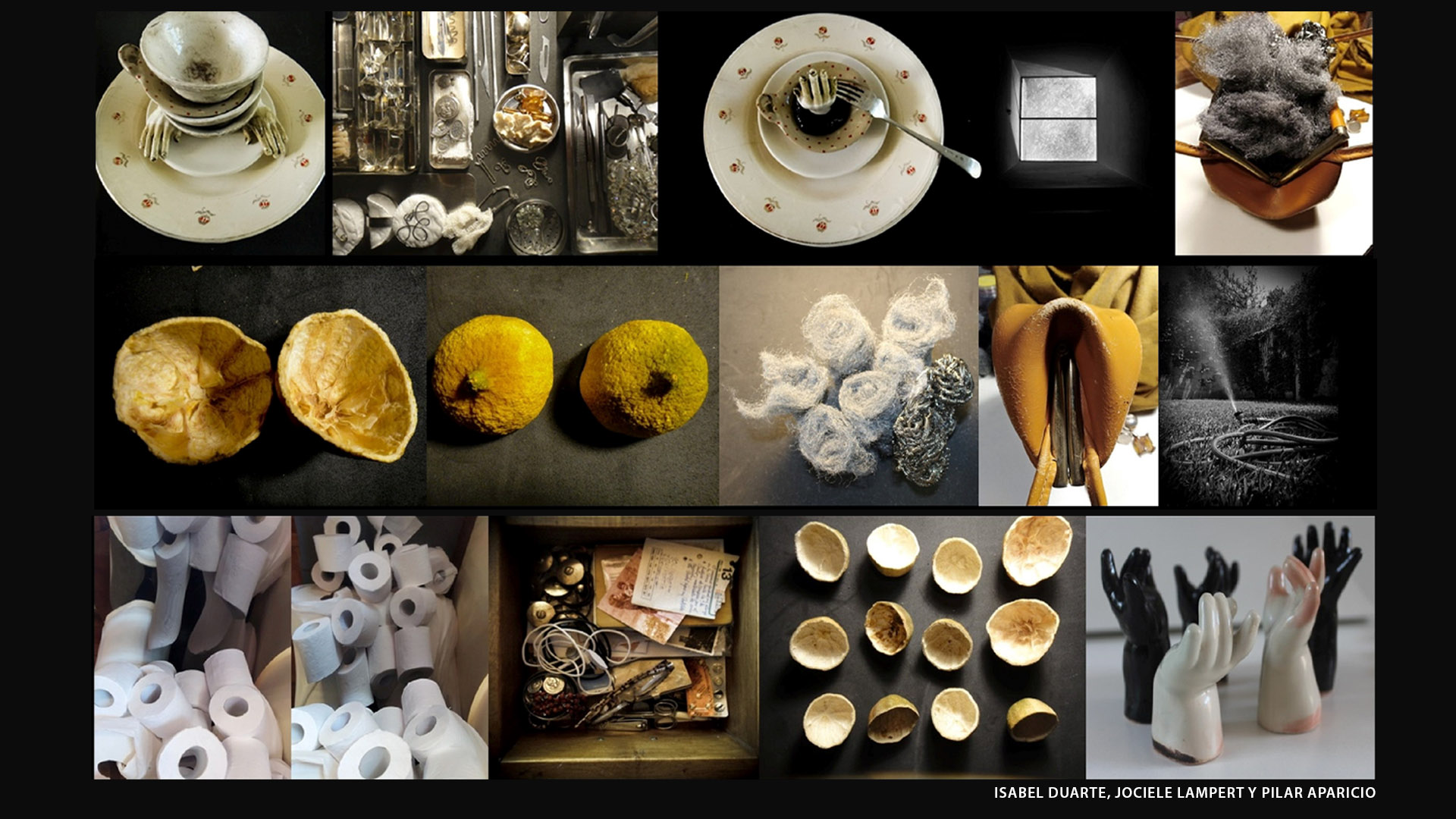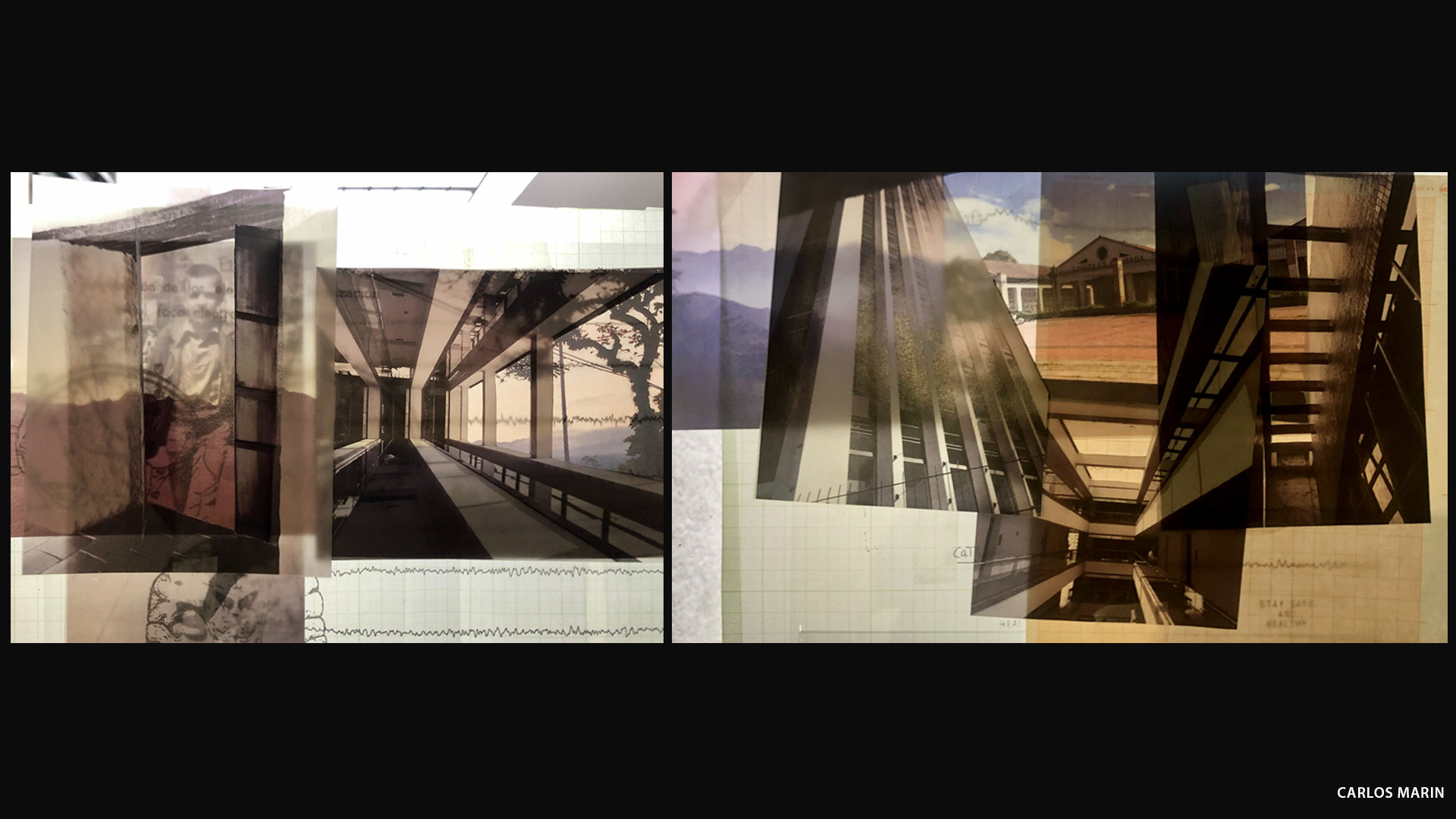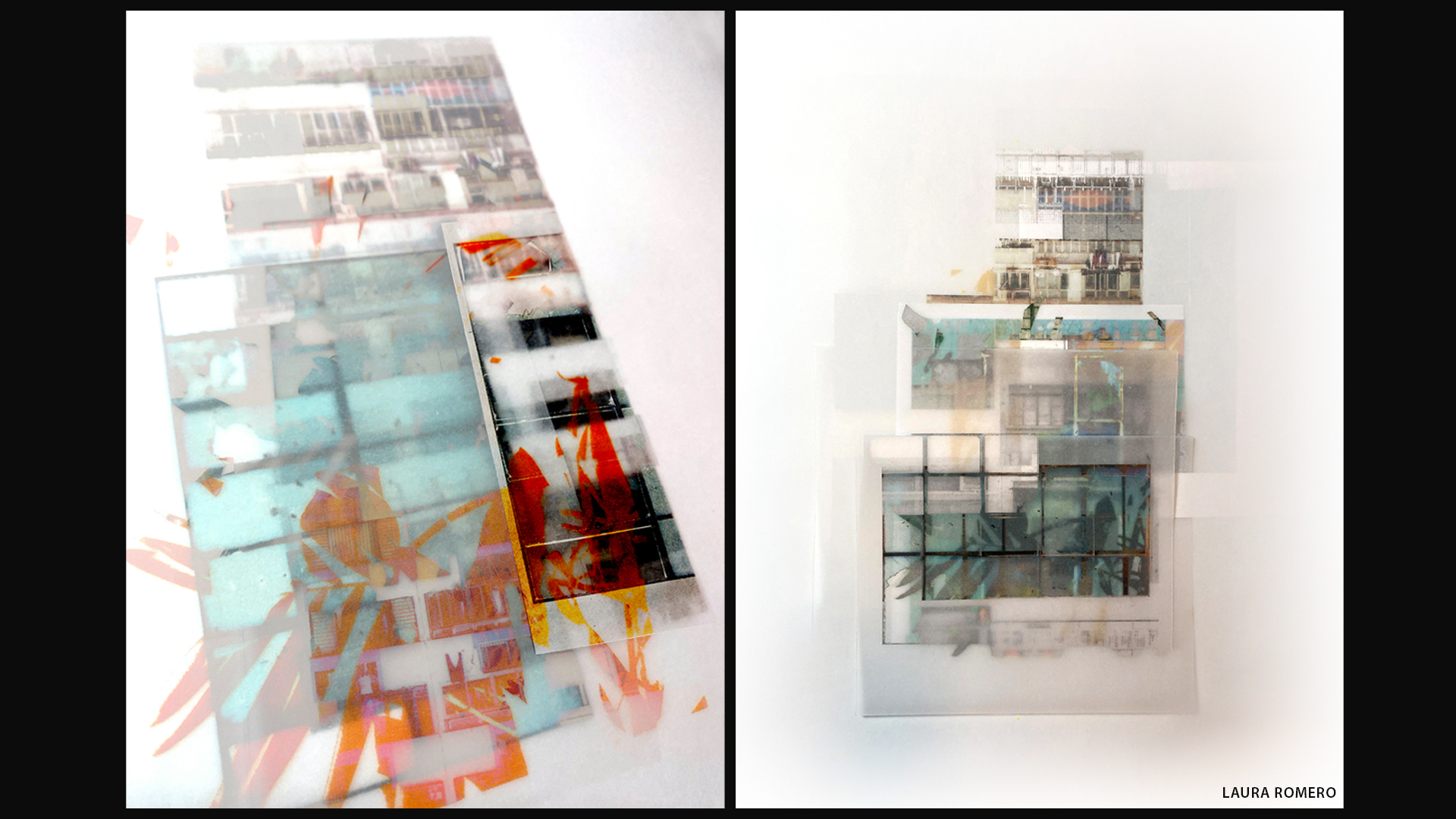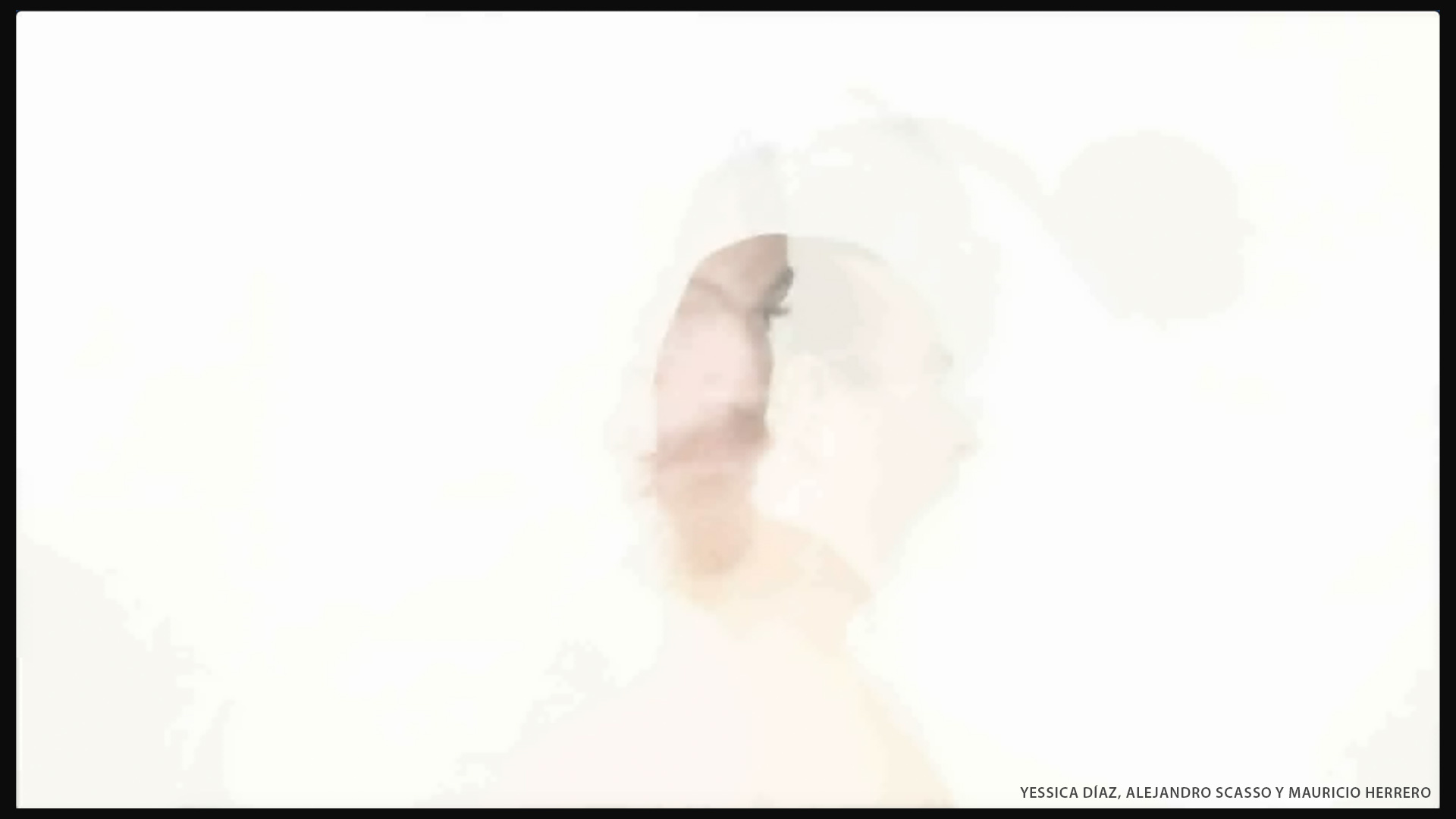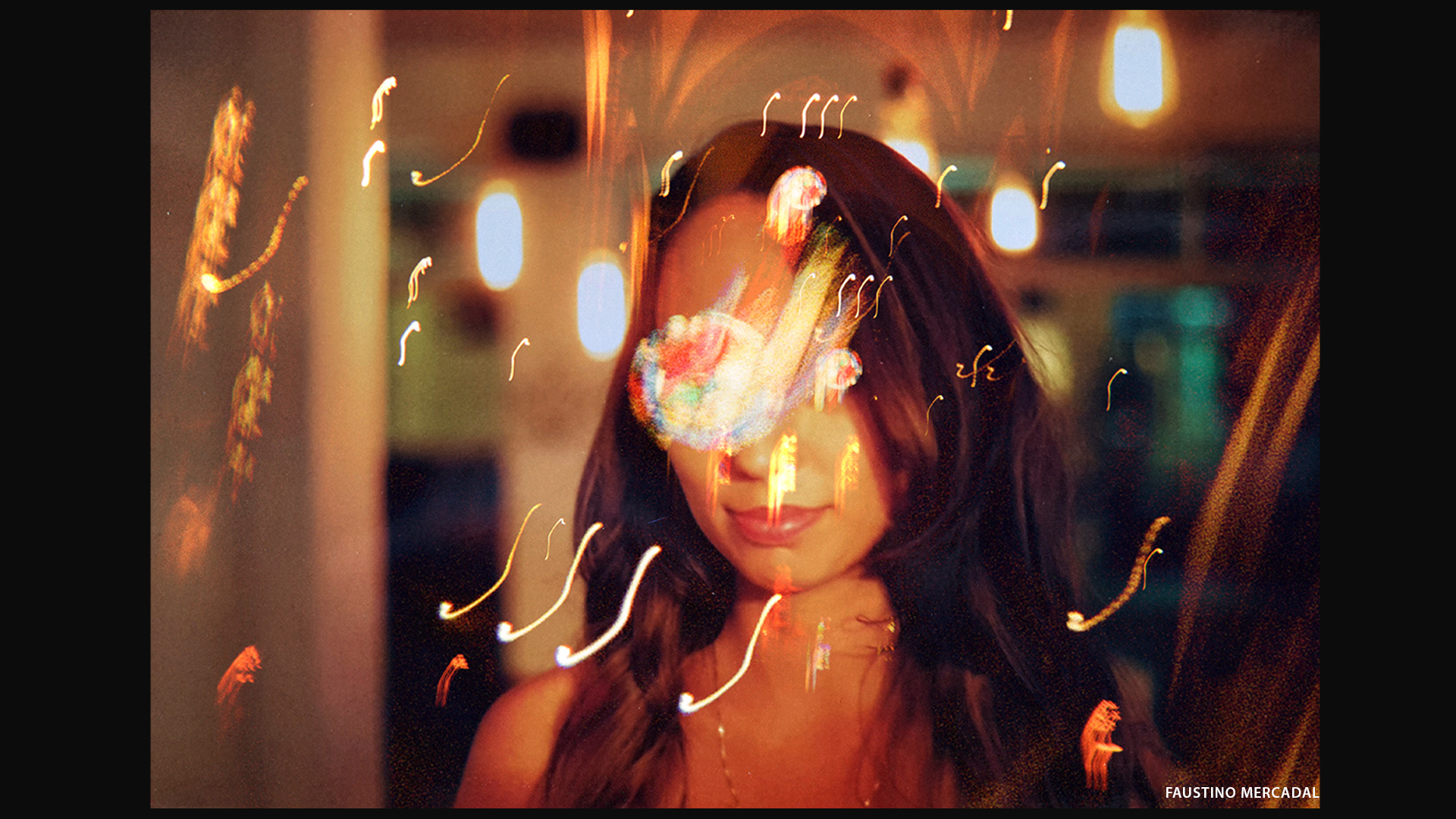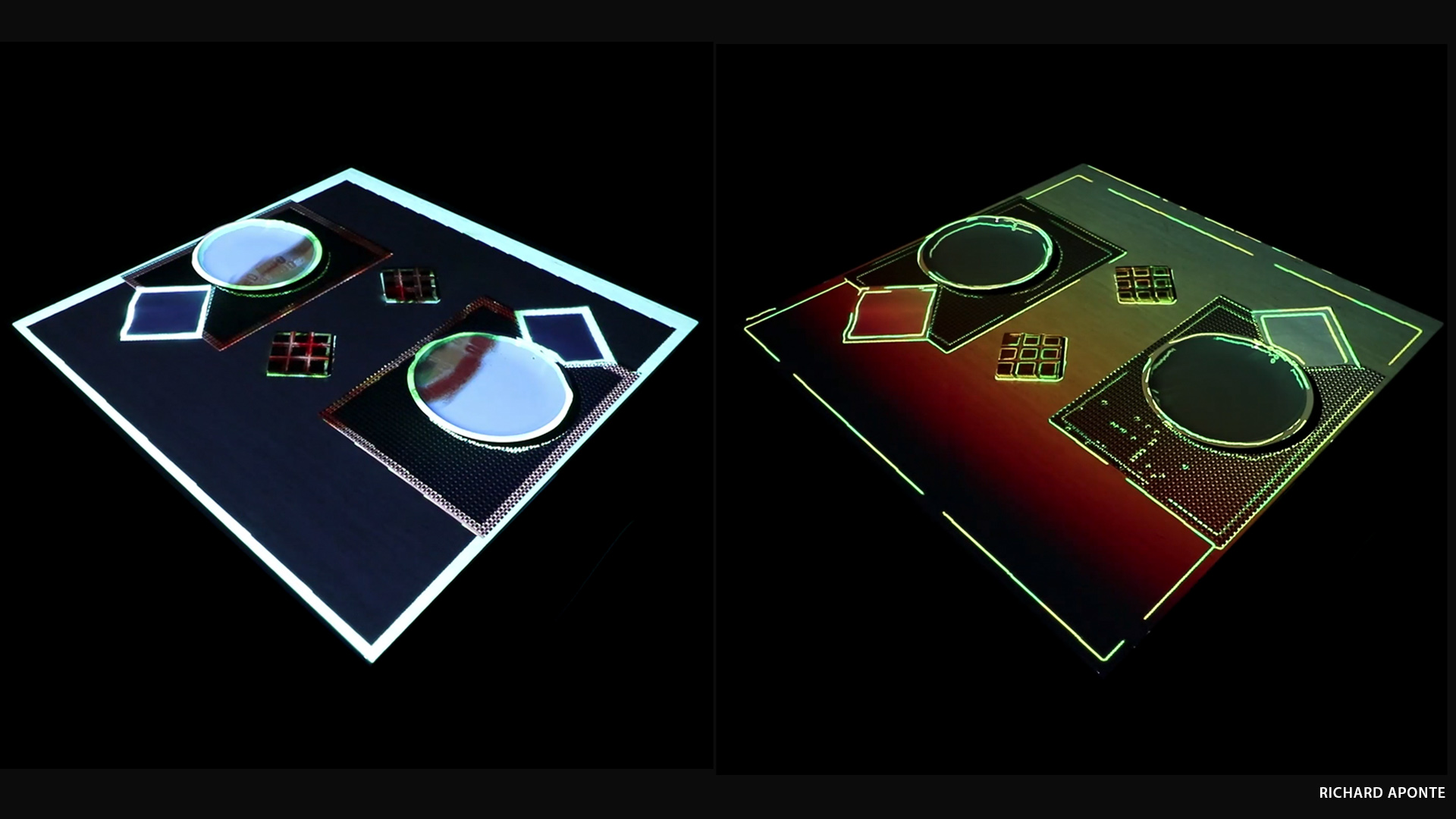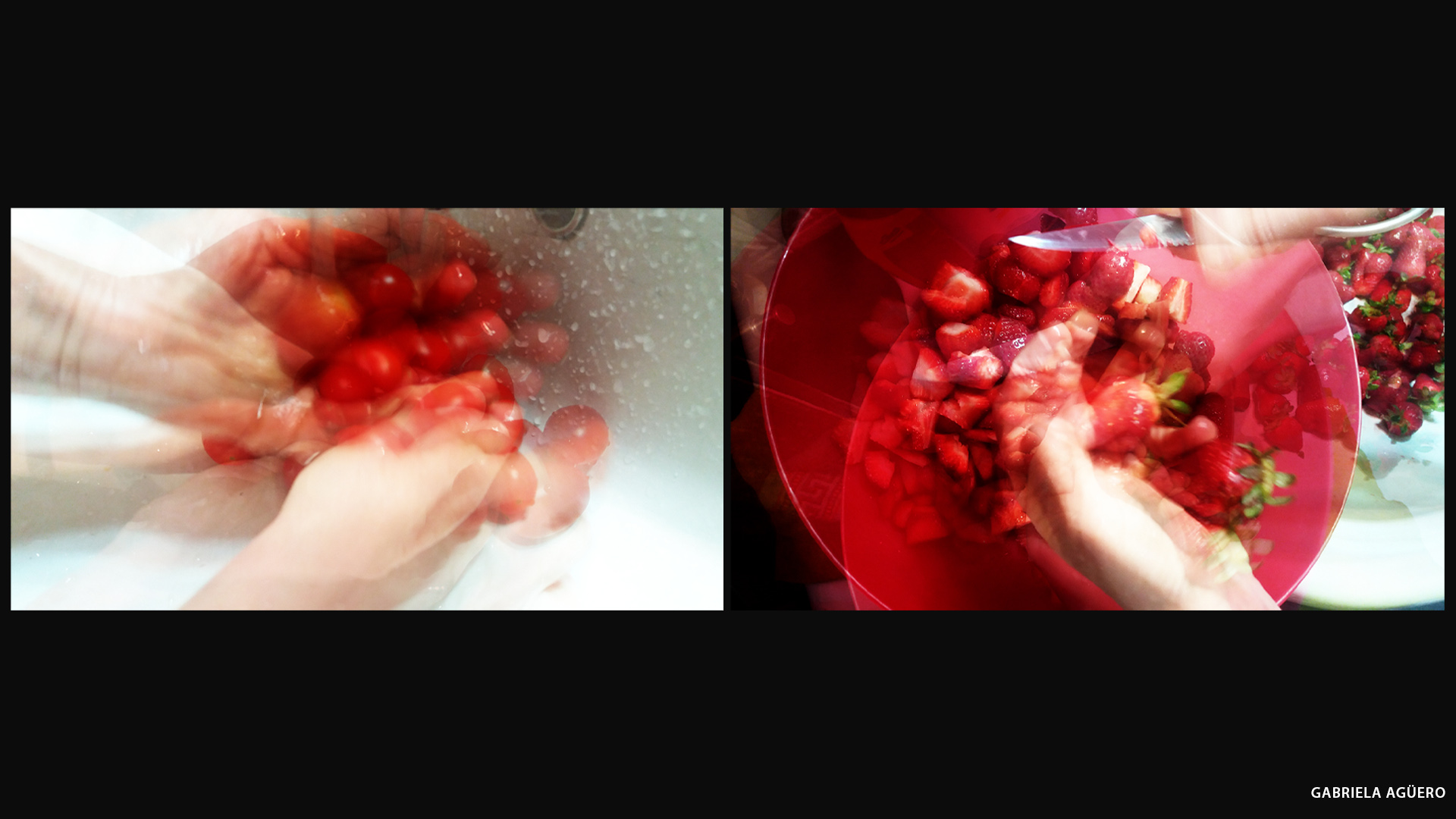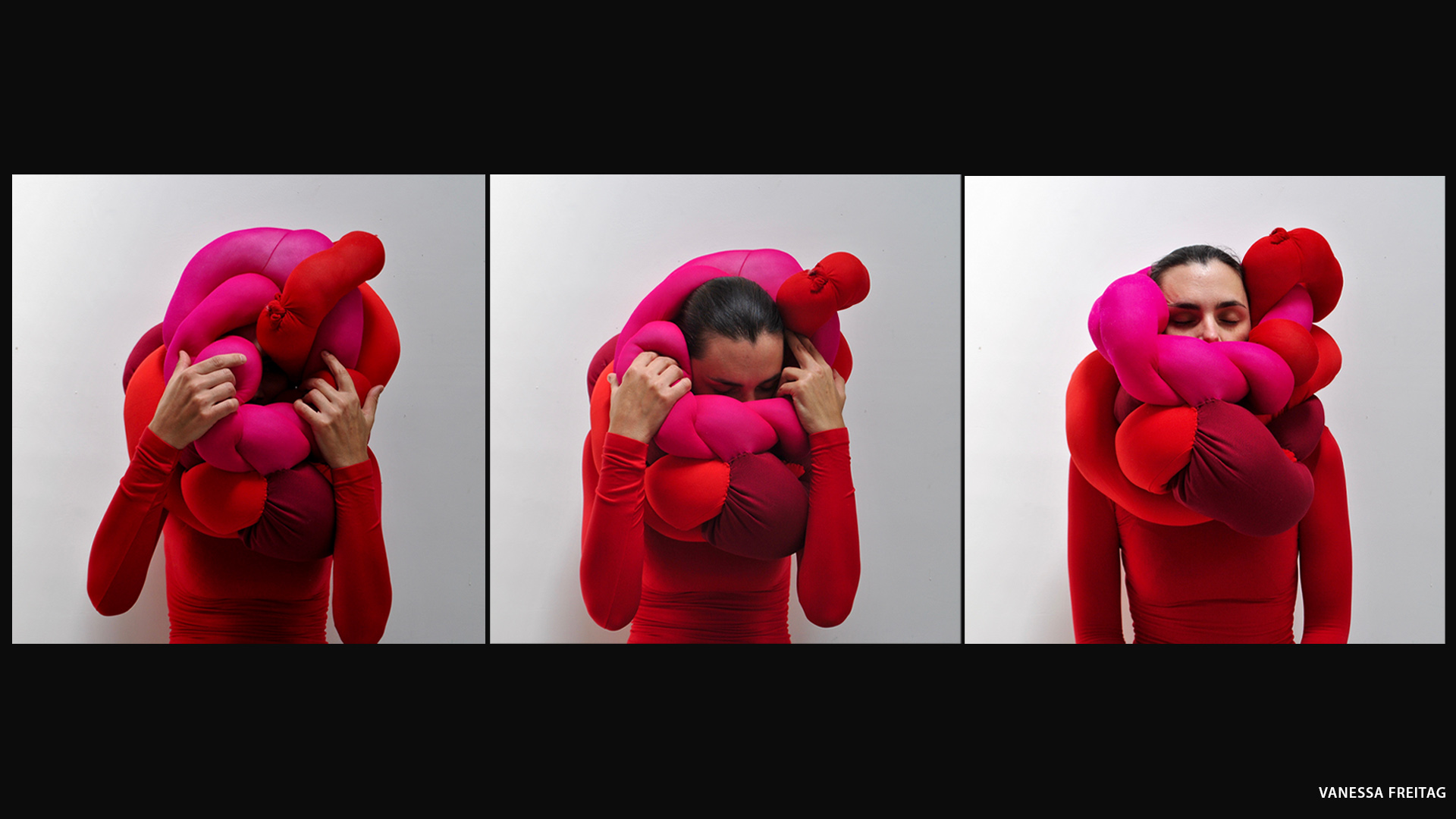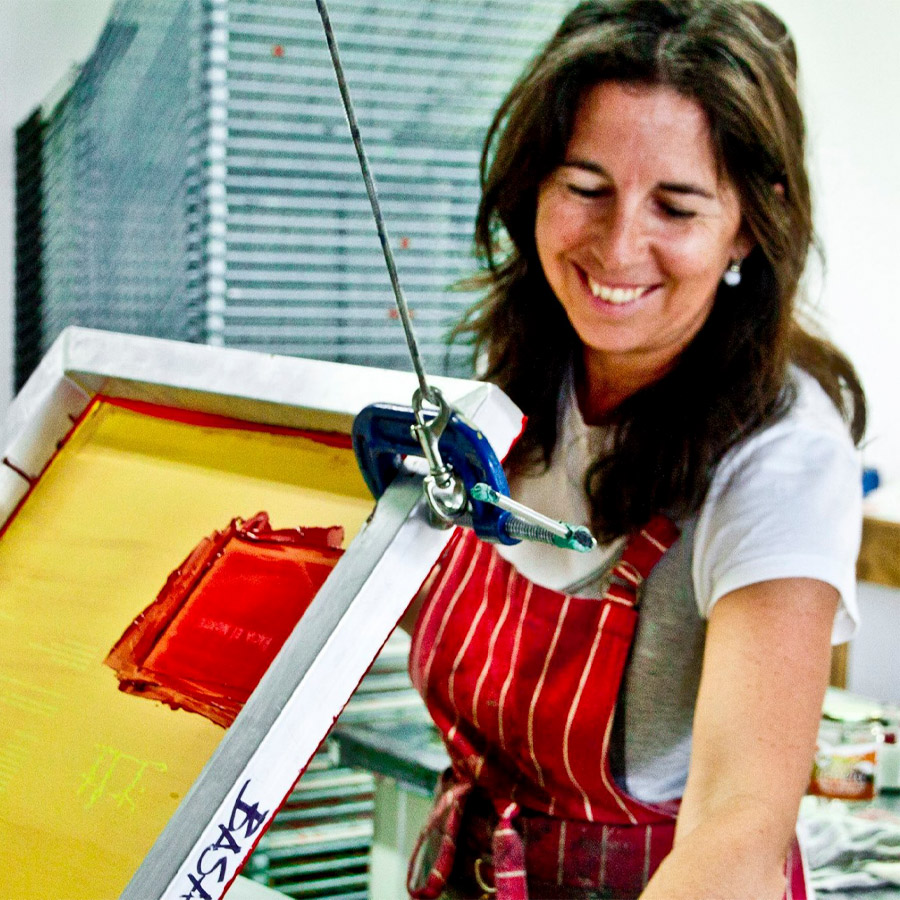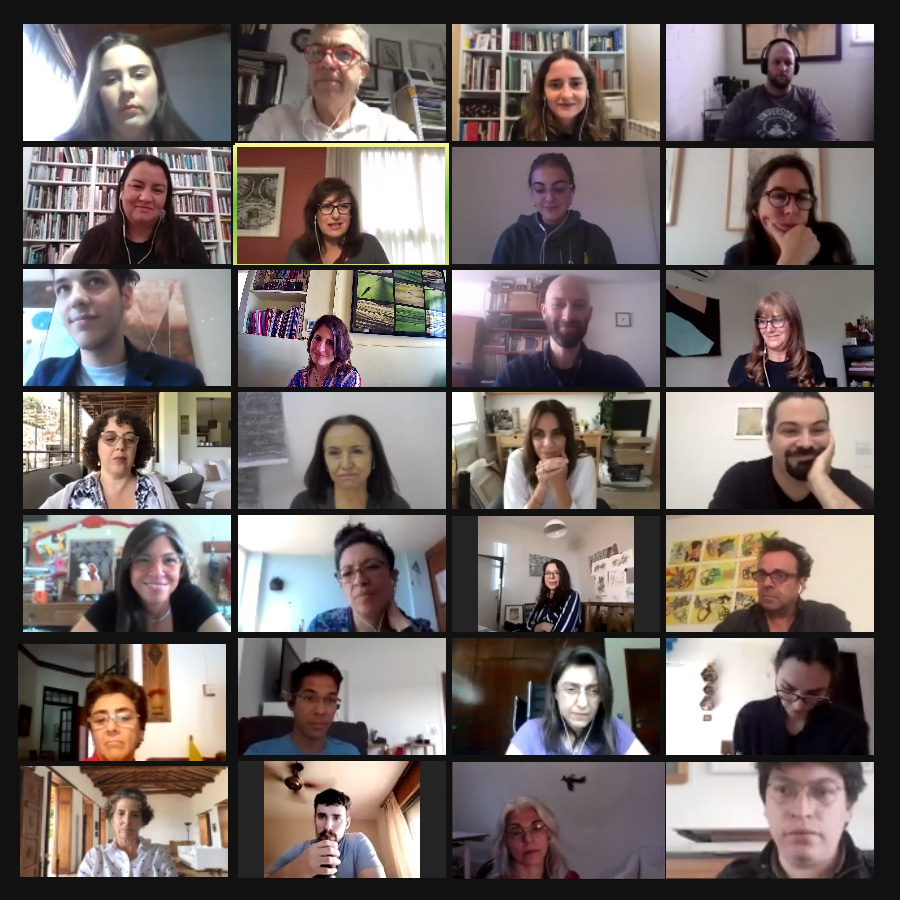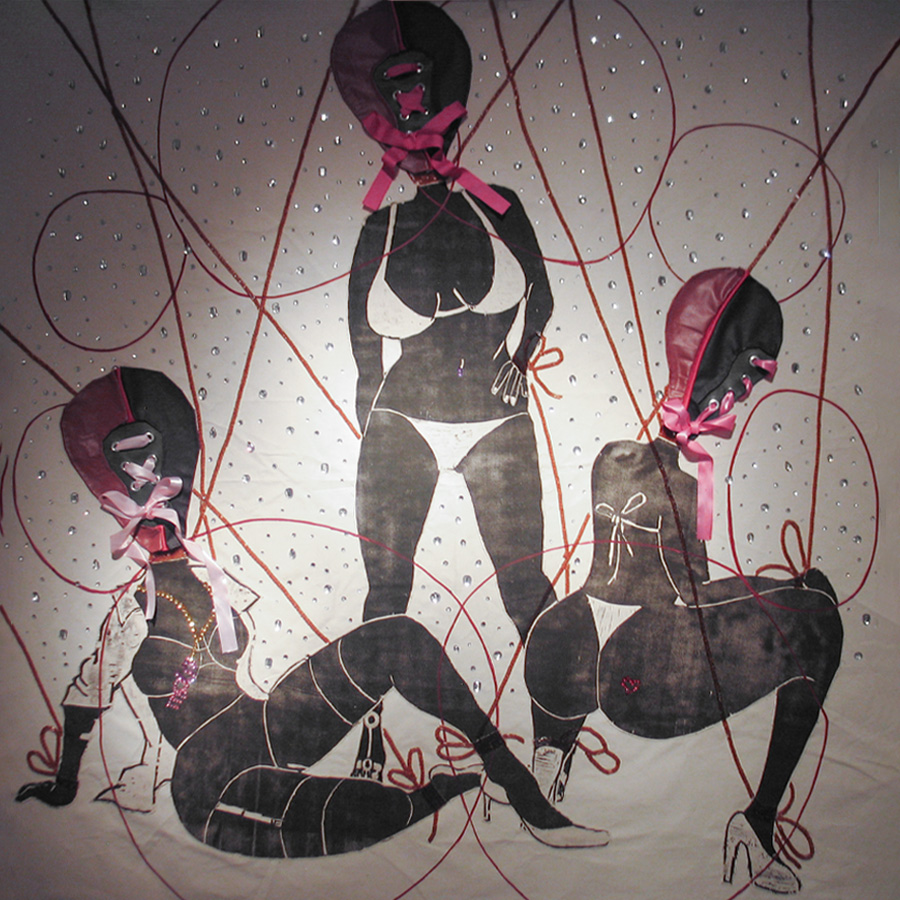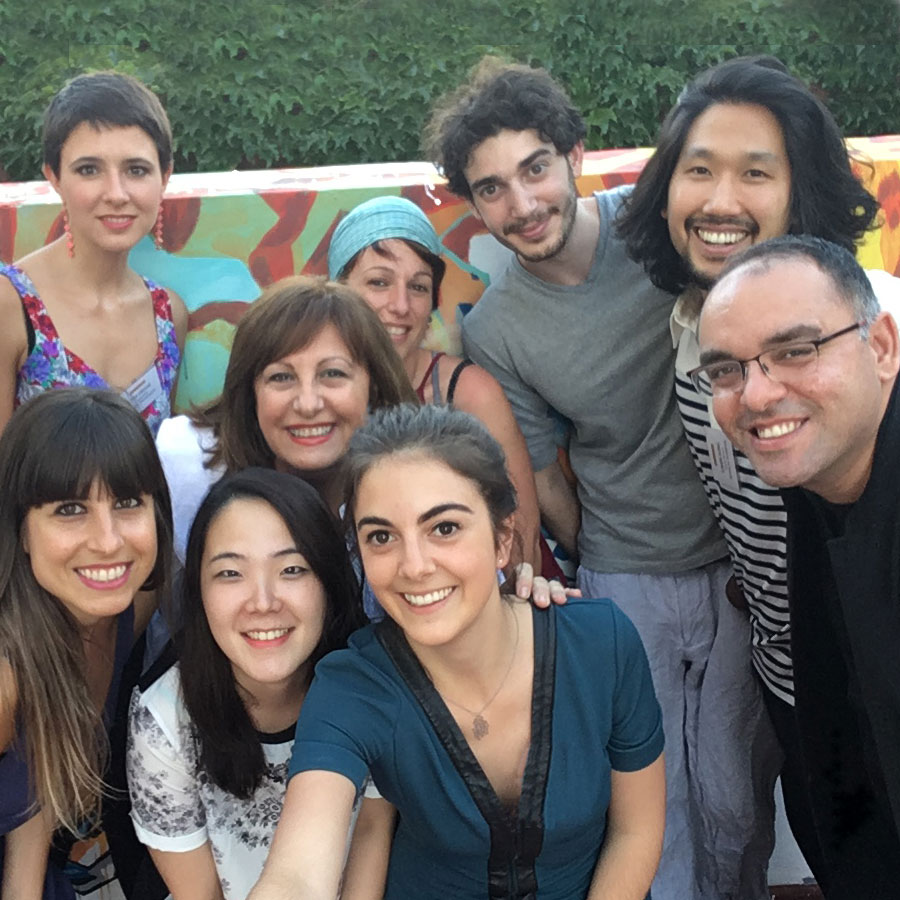Artists
Argentina
Nerina Rosende
Together Apart: #Nest #Frontera
14.10.20 03.03.21
Nerina Rosende is an Argentine multidisciplinary artist that had participated in thwe Together Apart Programa #Nest and #Frontera.
The conceptual line that prevails in most of her works has to do with a deep investigation of the feminine being. The artist listen to all those voices that inhabit in her, all the possibilities, without judging, without repressing, without silencing. Dialogue with other women enriches the idea. Makes visible the duty to be feminine. Make room for other voices. Investigate her own images of women. Currently, she is working in my studio on a personal installation project and on a collaborative project with three other artists.
ABOUT NEST
In Nest I explored some languages that I haven’t used until now, such as performance and video. I also took up the idea of ”nest women” that I was working on a while ago. Build a nest, take care of it, nurture it, sustain it and lose yourself in it. The individual and the collective; What is asked in exchange for the nest? The experience of working with other artists was very enriching and the trigger for new approaches. Intervene in the work of others and give up your own. Discuss ideas and find common ground without losing your own.
ABOUT FRONTERA
Participating in a residency at Proyecto ‘ace is always motivating and manages to open up new horizons to investigate. Frontera’s proposal generated a project that I had been developing individually to expand. In addition, at a group level ,the exchange with other artists was as always very enriching. Interacting with various artists, opening up and getting to know their creative processes was very interesting.
BIO
Nerina Rosende
1968 | Buenos Aires, Argentina
Lives and works in Buenos Aires.
STUDIES
2003 | Graphic Design, Escuela de Artes Visuales Antonio Berni
2002 | Analog photography Circle of journalists of San Martín
2004 | Digital photography, Motivate you
2012 | Expressive Rhythmic Dynamics Instructor, Mílderman System
2014 | AAMBA art history
2015 | Goldsmith, Juan Vellavsky
2017 | Plastic research workshop, Essentialism
2015 | Silke creativity seminars
2018 | Work clinic Las cosas que nunca haría with Nicolás Pontón and Pablo Cavallo at the Sivori Museum
2019 | Installations with Leila Tschopp at the Cazadores Foundation
2019 | Tulio de Sagastizábal Clinic
2020 | Laura Messing project workshop
EXHIBITIONS
2017 | Giachetti Gallery Bs As, Argentina
2017 | Pintar en voz alta, Galeria Jakim, Bs As, Argentina
2018 | Cautiverios, Museum of Women, Bs As, Argentina
Related Activities
Exhibitions, Together Apart
#2 | NEST: results
Artists in dialogue
09.12.20
During 2020, we carried out the first two sessions of Together Apart. The first session took as a conceptual and practical framework the REFUGE and the second, the NEST. Through those starting points, both of which refer to caring atmospheres and structures for coexistence, we were able to think and create in a wide variety of directions and layers. We reflected on our pandemic context, a situation for which we had to find ourselves in the virtual non-space, but also a situation thanks to which people from many different countries were able to work simultaneously. Assuming this complex situation, more than 20 participants per session created new pieces –some in exercise format–, took up projects that they had already worked on in the past or collectively set out to create new projects that will continue to develop beyond the scope of our meetings. This exhibition, virtual as well, reflects what the artists produced during this program.
CURATORIAL ESSAY
by Daniela Ruíz Moreno [Curator-in-residency]
Taking these refuge and nest issues also in their complexity, we asked ourselves questions that made each of the participants involve their personal experiences, memory, memories and experiences from each of their territories. We addressed questions that sought to keep us in constant movement; at times we went through very optimistic or pessimistic visions about the possibility or necessity of having a shelter or a nest, and at other times, we were able to articulate more complex visions, enduring in intermediate and liminal states. For both, we took as a theoretical structure of support and dialogue the thought of Félix Guattari presented in The Three Ecologies (1989). His ethical-political approach that highlights the molecular domains of sensitivity, intelligence and desire, as well as his articulation of the three ecological registers (environment, social relations and human subjectivity), helped us to expand our creations and thoughts in relation to shelter and nest.
During the second session –nest– the gaze towards natural structures was also very present. We watched and learned about different types of nests made by birds or protective structures for other animals. We thought of the house and the workshop as nests. The diversity in age and origin of the artists allowed a great richness of reflections on different states in relation to the nest. We spoke of nests from the past, nests that we are building in the present, nests that are no longer nests since they oppress or suffocate and of new nests that we imagine or wish to build in the future. Projects were presented that included the use of organic materials, creations with what was available in the workshop, project of shared files, new photographic views on everyday life, new views on the past and even reflections on language as a generator of identity as well as limiting structure. We went through different sensations in relation to the nests, some presented it as an impossible state to reach, others as a space full of melancholy and others, instead, as structures of freedom where we could explore the becoming of existence. Other works presented the feelings of paranoia that can arise when human nests or states of refuge are threatened and the feelings of discomfort when it feels like losing the intimate conditions of a nest.
Together Apart has functioned as a program that opened up possibilities for meeting and collaborative creation. It has made possible the creation of new rhythms and synchronies for a limited time but whose reverberations and echoes continue to affect in unexpected directions.
Related artists
- Gabriela Agüero
- Pilar Aparicio Uribe
- Richard Aponte
- Alejandra Basañes
- Carla Beretta
- Marcela Casals
- Renny J. Castillo Umpierre
- Carmen Díaz
- Yessica Díaz
- Isa Duarte
- Vanessa Freitag
- Camilo Gutiérrez
- Helena Kanaan
- Denise Koziura
- Jociele Lampert
- Cecilia Luque
- Carlos Marin
- Faustino Mercadal
- Laura Romero
- Nerina Rosende
- Alejandro Scasso
